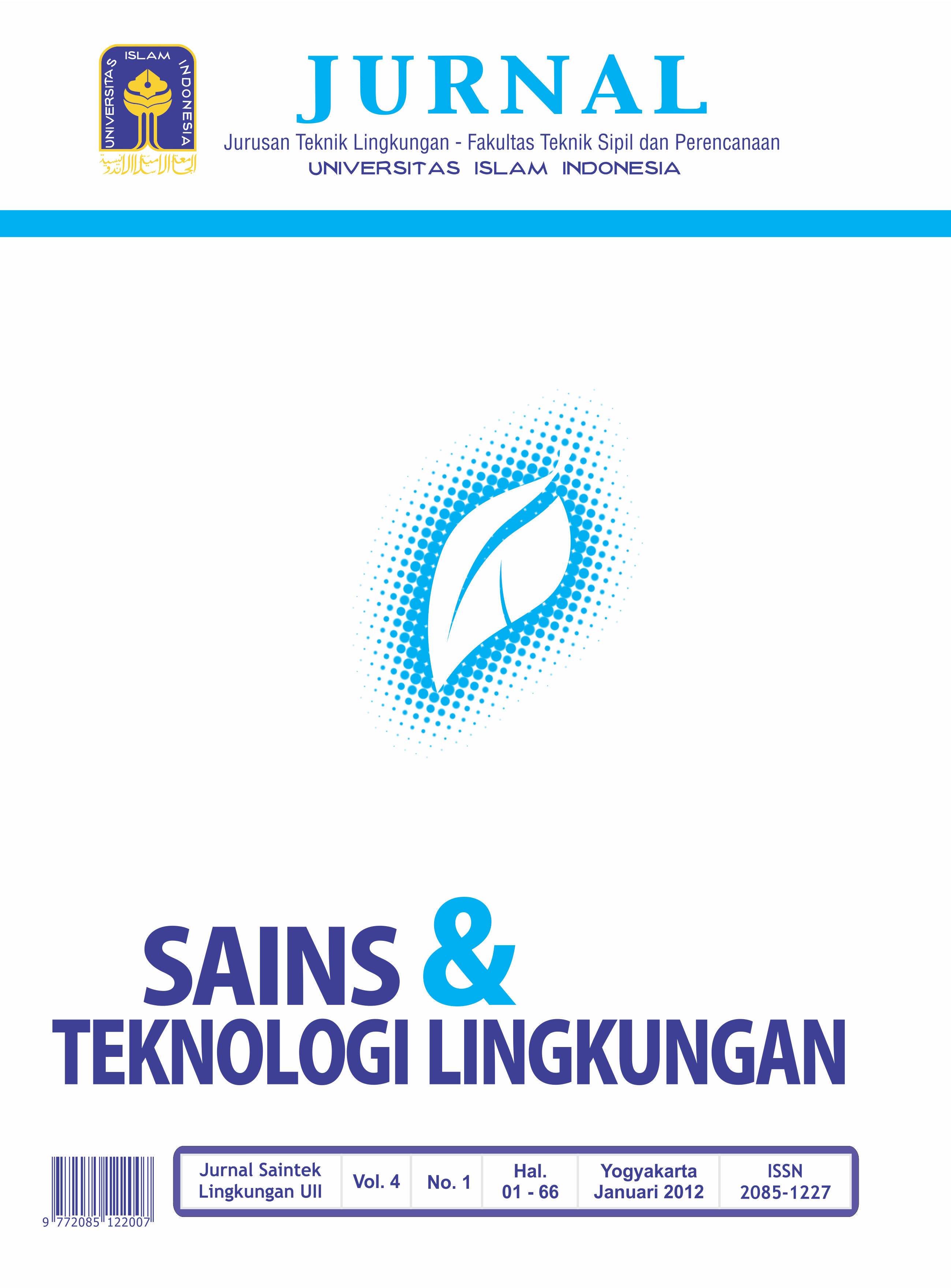Main Article Content
Abstract
As the human and economic costs of natural disaster events have dramatically increased over the past three decades, governments, researchers and humanitarian agencies have increasingly focused on reducing disaster impacts and increasing the resilience of individuals, households and communities. Recent disaster recovery efforts have focused on implementing a holistic social-ecological disaster risk reduction approach popularized through post-2004 tsunami recovery programs under the mantra of ‘building back better’. Although this approach has been increasingly adopted by various government and humanitarian organizations to describe their recovery and reconstruction activities, defining what is meant by ‘better’ and measuring ‘better’ as an outcome has been difficult to conceptualize and operationalize. In order to rectify this gap in the literature, the Post-Disaster Sustainable Livelihoods, Resilience and Vulnerability framework (PD-SLRV) was developed for the purposes of analyzing, evaluating and monitoring disaster recovery using the concepts of vulnerability, resilience and sustainable livelihoods.
Using the 2006 Yogyakarta, Indonesia earthquake as a case study, this paper will explore how the concepts of vulnerability, resilience and sustainable livelihoods inform the disaster recovery process, the nature of the relationship between these concepts as well as their usefulness in evaluating disaster recovery efforts. Through a detailed analysis of the various vulnerabilities and resiliencies that exist within recovering communities, the complex and dynamic nature of resilience and vulnerability is revealed, indicating a multifaceted relationship dependent on scale, context and place.
Using the 2006 Yogyakarta, Indonesia earthquake as a case study, this paper will explore how the concepts of vulnerability, resilience and sustainable livelihoods inform the disaster recovery process, the nature of the relationship between these concepts as well as their usefulness in evaluating disaster recovery efforts. Through a detailed analysis of the various vulnerabilities and resiliencies that exist within recovering communities, the complex and dynamic nature of resilience and vulnerability is revealed, indicating a multifaceted relationship dependent on scale, context and place.
Keywords
the 2006 Yogyakarta Indonesia earthquake
disaster recovery efforts
recovery program
Article Details
License
Authors who publish with this journal agree to the following terms:
- Authors retain copyright and grant the journal right of first publication with the work simultaneously licensed under a Creative Commons Attribution License that allows others to share the work with an acknowledgement of the work's authorship and initial publication in this journal.
- Authors are able to enter into separate, additional contractual arrangements for the non-exclusive distribution of the journal's published version of the work (e.g., post it to an institutional repository or publish it in a book), with an acknowledgement of its initial publication in this journal.
- Authors are permitted and encouraged to post their work online (e.g., in institutional repositories or on their website) prior to and during the submission process, as it can lead to productive exchanges, as well as earlier and greater citation of published work (See The Effect of Open Access).
